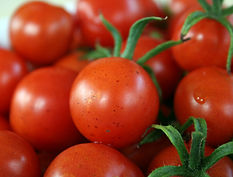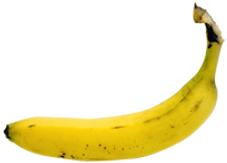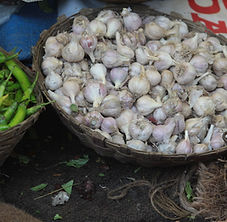Functional Holistic Healing
Functional Integrative Medicine Practice of
Dr. Nadia Ali

Nutritional Medicine
Heal yourself with Natural Colors
Have you ever wondered why has nature created fruits and vegetables with so many different colors?
Phytonutrients are natural chemicals found in vegetables and fruits. They are responsible for giving color to them. They are essential for our bodies because they protect us against inflammation, oxidation, cancer and heart disease. Let's look at the different colors and the phytonutrients associated with them.
Red Color:
Tomatoes especially cooked tomatoes, water melon, red grapefruits, red peppers, red cabbage and papaya contain a phytonutrient Lycopene. It has been shown to protect against prostrate, lung and stomach cancer. It has been found to reduce stroke. Heating process makes this phytonutrient more available for absorption from the gut.
Red and Purple Color:
Anthocyanin is another phytonutrients. It is found in all types of berries, grapes, pomegranate, radish, cherries, eggplant, kidney beans and black beans. They decrease inflammation and protect against heart disease. They also protect our brain from age related functional decline and prevent dementia. They also improve our vision. They have been found to decrease the growth of cancer and tumor cells.
Orange and Yellow Color:
Carrots, corn, capsicums, squash, honey dew, cantaloupe are examples of yellow and orange vegetables. These contain phytonutrients called Carotenes. One type of Carotene gets converted into vitamin A which is needed for good vision and eye health. The Carotenes also prevent damage to our blood vessels from free radical damage. These free radicals are responsible causing heart disease and cancer.
Green Color:
Lutein is the phytonutrient present in green fruits and vegetables such as avocado, green apples, kiwi fruit, broccoli, spinach and zucchini. Lutein plays a very important role in preventing age related eye damage. Another phytonutrient found to prevent eye damage is Zeaxanthin. It is present in dark green leafy vegetables such as spinach and kale.
Broccoli, Kale, cauliflower and Brussels sprouts belong to the Brassica family of vegetables. This group is rich in potassium, fiber, folic acid, beta carotene, iron, Calcium, vitamins C and K. In addition they contain a very important phytonutrient Sulfiraphanes. This natural chemical has been found to have strong activity against breast cancer, prostrate cancer and inflammation.
Lycopene, Carotenes, Lutein and Zeaxanthin belong to a class of 600 or more naturally occurring pigments called Carotenoids. These are best absorbed when there is a little fat in the meal.
White or Brown Color:
The phytonutrients present in white and brown vegetables and fruits is Allicin. It is responsible for the intense flavor garlic. It has been found to have strong action against bacteria, fungi, parasites and viruses. Unfortunately it is very unstable so cooking destroys this nutrient. So it is better that these fruits and vegetables be consumed raw. Garlic has been found to reduce inflammation, cholesterol and blood pressure. Some studies have indicated that that it may prevent heart disease and some types of cancer. Onions also contain a phytonutrients Quercetin. This has been found to play an important role in protecting us from free radical damage and inflammation that leads to heart disease and cancer. It may also be helpful for people with allergies, asthma and hay fever. It reduces cholesterol and high blood pressure. It may also be valuable in chronic inflammatory conditions such as Interstitial cystitis and Rheumatoid Arthritis.
Black or Blue Color:
An important phytonutrients in black and blue fruits and vegetables is Resveratrol. Sources of this phytonutrients include blueberries, blackberries, eggplant and black beans. Peanuts are also a good source of this phytonutrients. There are studies indicating that it may be beneficial in cancer and heart disease.
The table below summarizes the actions of the different phytonutrients as well as the colors that are associated with and their natural sources.
We are only beginning to understand the usefulness of these natural chemicals in help us heal our minds and bodies. The best approach to make a rainbow on your plate with all different colors and nutrients. Observe your plate to see which colors are missing and then add the missing color. Try to rotate the fruits and vegetables you eat so that you can get the optimal amounts of all the different nutrients in these natural foods.
.








You can download the table as a word document by clicking below.



